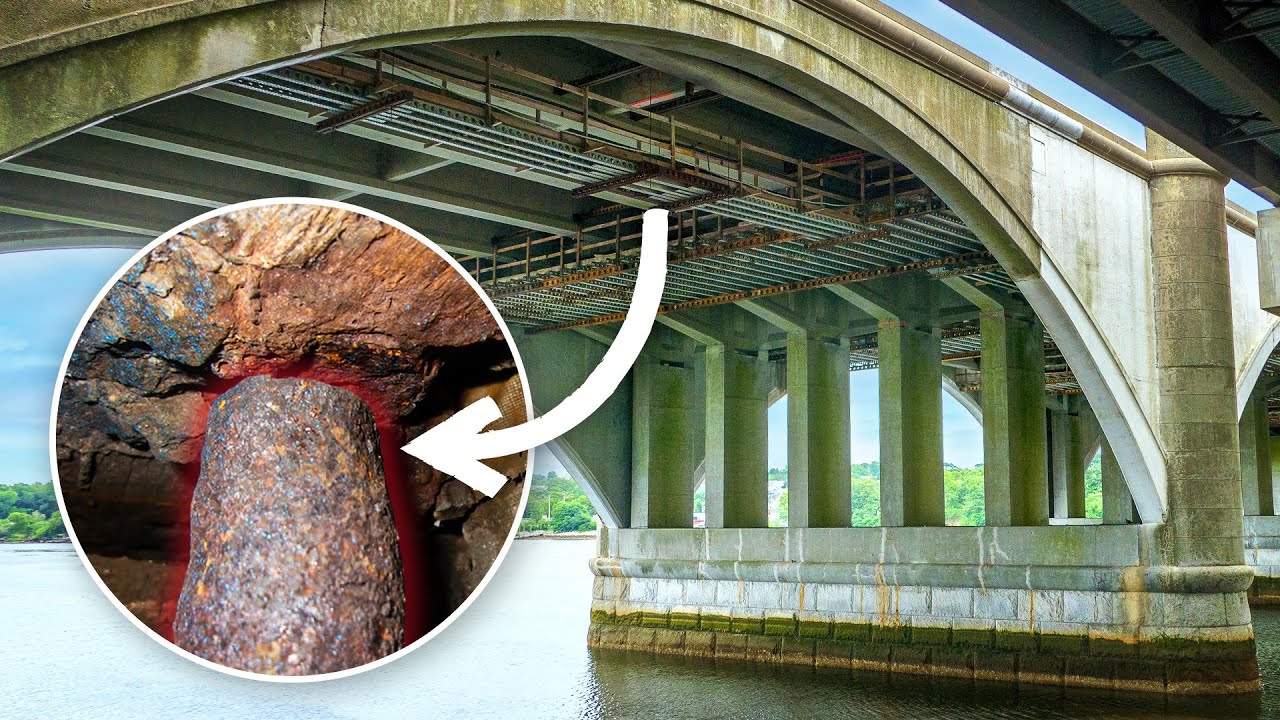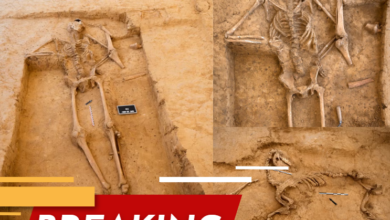This Bridge’s Bizarre Design Nearly Caused It To Collapse

The Washington Bridge was once a major transportation link carrying Interstate 195 over the Seekonk River in Providence, Rhode Island. Today, however, the bridge has been almost completely dismantled. Prior to its closure, the western portion of the bridge had been rated satisfactory, though classified as poor. But just six months later, in December 2023, the bridge was found to be in serious danger of collapse, forcing an emergency closure.
The loss of this important bridge caused more than a year of traffic congestion, affecting the daily lives of residents and businesses in the area. While a notable event, it received little attention outside of Rhode Island. However, the story of the Washington Bridge is a shining example of the challenges of bridge design, construction, and maintenance, and offers valuable lessons for the engineering profession.
The original Seekonk River bridge was completed in 1930, and its classic stone and concrete arches were a sight to behold. When I-195 was widened in 1959, the old bridge could no longer handle the increased traffic, leading to plans for a new westbound bridge. Although the federal government wanted a simpler, lower-cost steel girder design, Rhode Island was adamantly opposed. After years of negotiations, an agreement was reached to add false concrete arches to blend in with the old bridge.
However, by this time, the field of bridge engineering was undergoing a major change. With the opening of the Interstate Highway System in 1956, the need for overpasses had increased significantly. Due to steel shortages, a new type of girder made of prestressed concrete began to gain popularity. This type of girder increases the stiffness and reduces the risk of concrete cracking compared to traditional steel structures.
The Washington Bridge west uses both pre-tensioning methods: pre-tensioning in the factory and post-tensioning on site. The bridge has a unique structure with 18 spans, most of which use precast concrete girders. The section over the waterway uses steel girders. The main girders are not placed directly on the piers but are designed in a cantilever style, with intermediate girders suspended between the two ends of the cantilever.
In December 2023, during repairs to extend the bridge’s lifespan by 25 years, an engineer discovered that many of the tie-down rods on the cantilever girders had completely broken. A detailed inspection showed that the load-bearing girders were not functioning as designed, forcing authorities to immediately close the bridge. This resulted in severe congestion as traffic was diverted to the eastern bridge.
Upon further inspection, engineers discovered a number of serious problems: concrete damage from freeze-thaw cycles, corrosion of post-tensioning cables due to water intrusion, and severe deterioration at many of the connections. Furthermore, critical tie rods were embedded deep in the structure, making inspection and maintenance extremely difficult.
These findings forced Rhode Island authorities to abandon the repair plan and decide to demolish the entire bridge. However, when bidding was called in April 2024, no contractors participated due to the tight schedule and high risk. This forced the state to expand the scope of demolition to include the bridge piers and find a completely new construction plan. By the end of 2024, only two contractors remained in the process, and the contract was expected to be awarded in the summer of 2025.
Meanwhile, liability for the disaster became the focus of legal controversy. The government of Rhode Island sued 13 companies involved in the bridge inspection, accusing them of failing to detect structural problems early. At the same time, the US Department of Justice opened an investigation into whether the state of Rhode Island violated the False Claims Act in its use of federal funds.
The case has become a crisis not only technical but also financial and legal. Rhode Islanders continue to suffer from traffic congestion and delays in the bridge’s restoration. The complex design from the 1960s, originally designed for aesthetic reasons, has now led to a crisis costing hundreds of millions of dollars.
The Washington Bridge incident is a stark reminder of the importance of sound design, inspection, and ease of maintenance in any infrastructure project. Had these issues been caught earlier, perhaps one of Rhode Island’s most important transportation arteries would not have suffered such a tragic fate.








